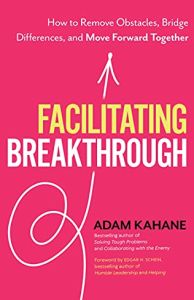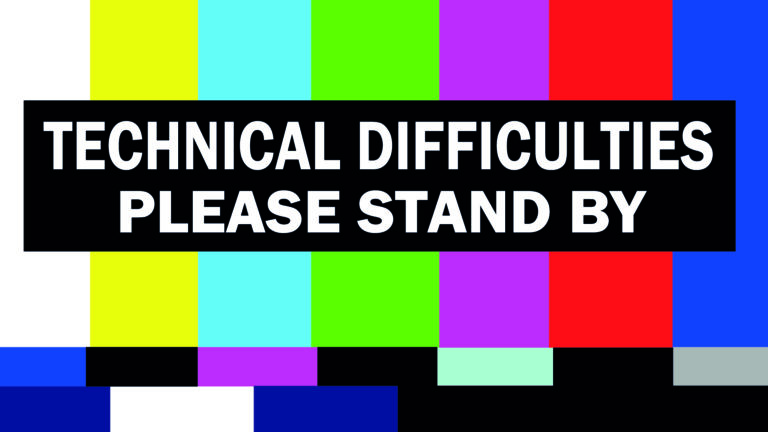Únase a getAbstract para acceder al resumen.

Únase a getAbstract para acceder al resumen.
Adam Kahane
Facilitating Breakthrough
How to Remove Obstacles, Bridge Differences, and Move Forward Together
Berrett-Koehler, 2021
¿De qué se trata?
Conventional facilitation styles can hinder collaboration. Achieve meaningful change by embracing a more transformative approach.
Recommendation
Organizations tend to mandate collaboration. But simply ordering people to work together is a futile approach, says organizational consultant Adam Kahane. Using several real-life, high-stakes scenarios, Kahane reveals that the secret to getting people to work together to create transformative change lies in a nuanced facilitation approach that removes obstacles to collaboration and embraces vertical and horizontal approaches. His instructive guidebook illustrates how facilitators can cultivate environments that allow transformative change to flow and flourish.
Summary
About the Author
Adam Kahane has spent more than 30 years facilitating breakthroughs. He is a director of Reos Partners, a social enterprise that helps people work collaboratively toward change.
























Comment on this summary